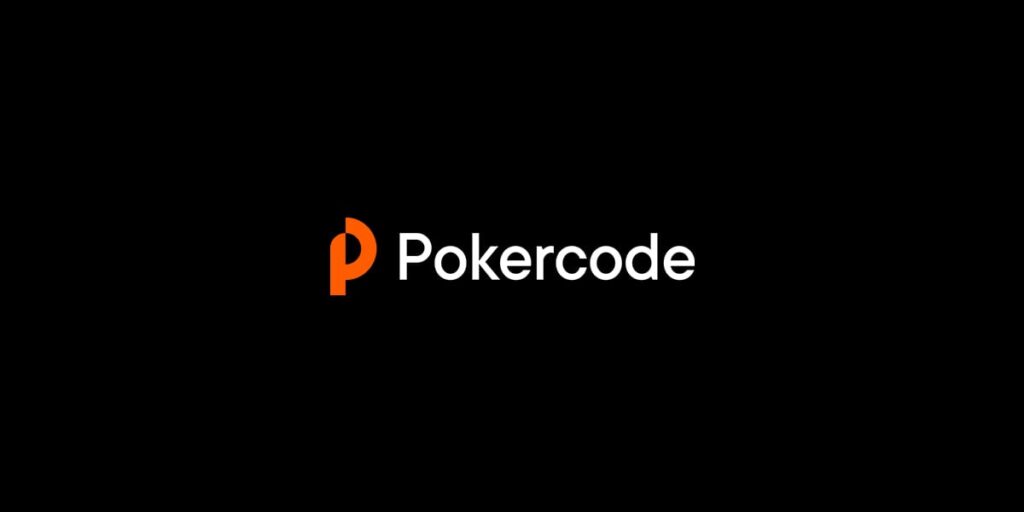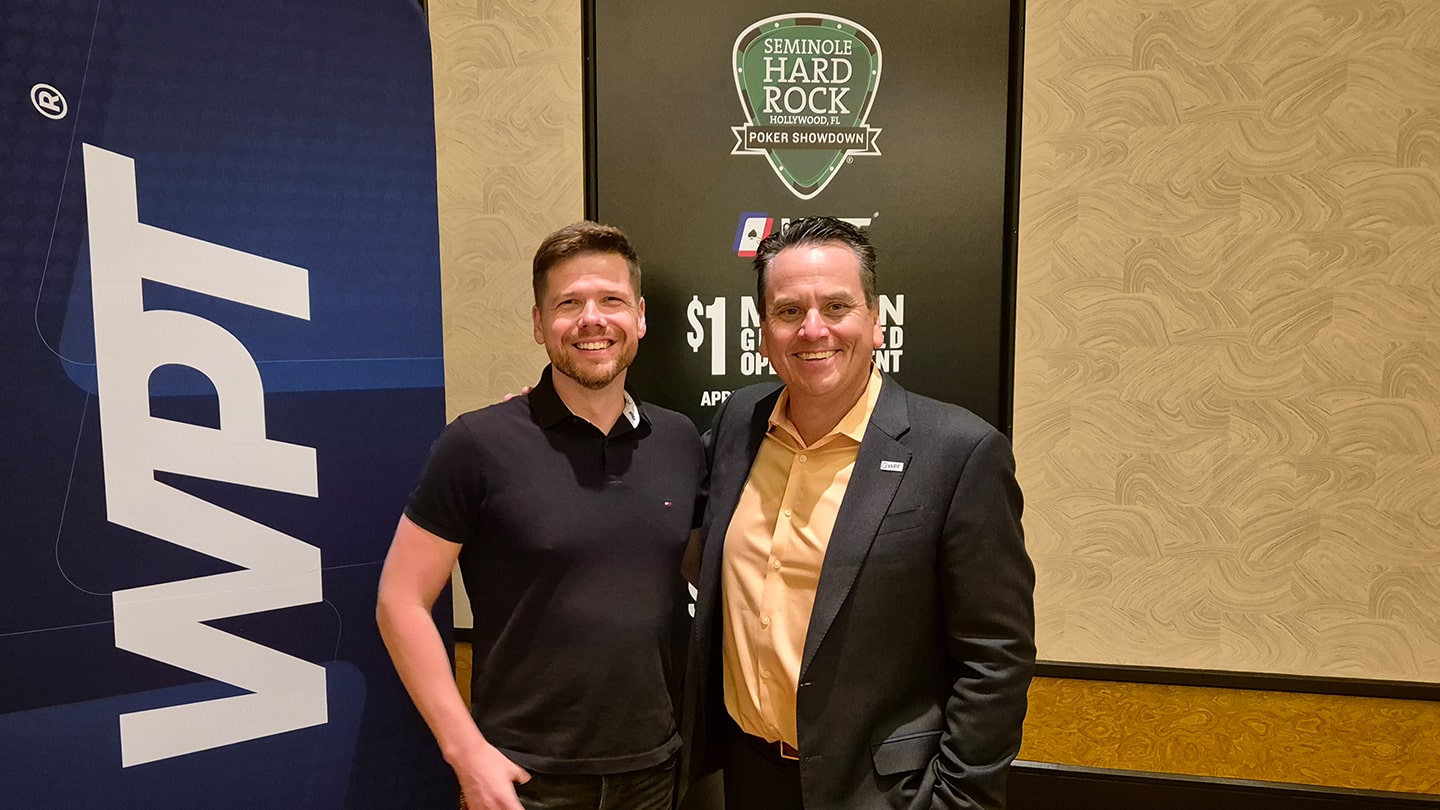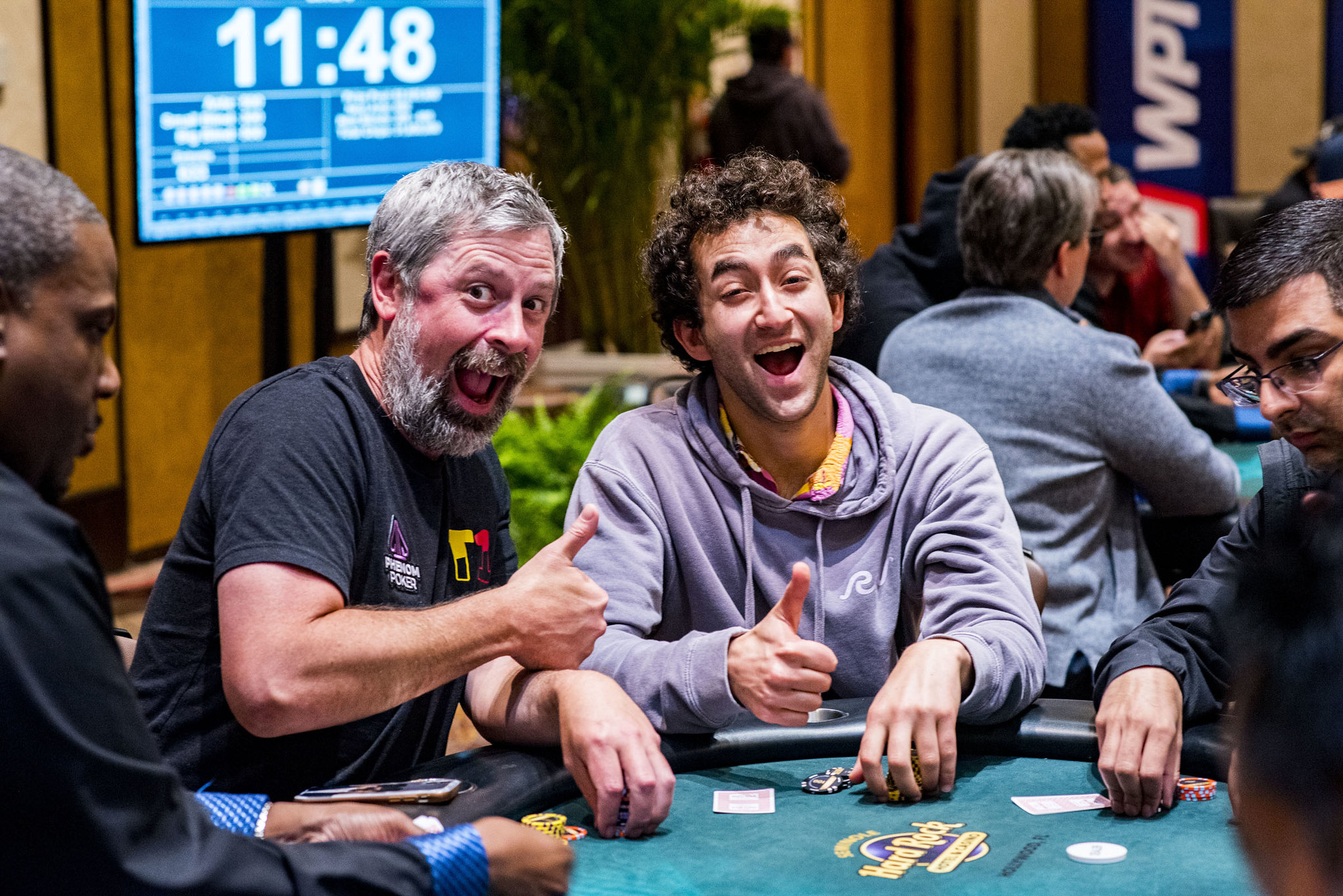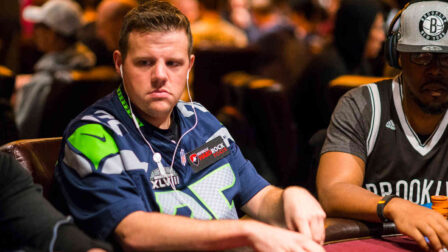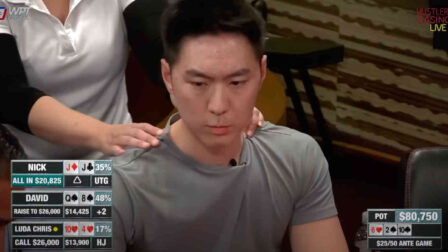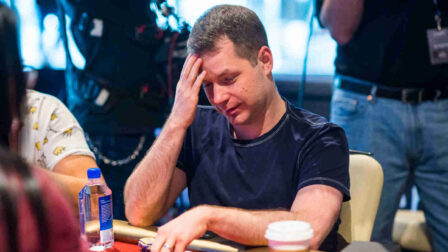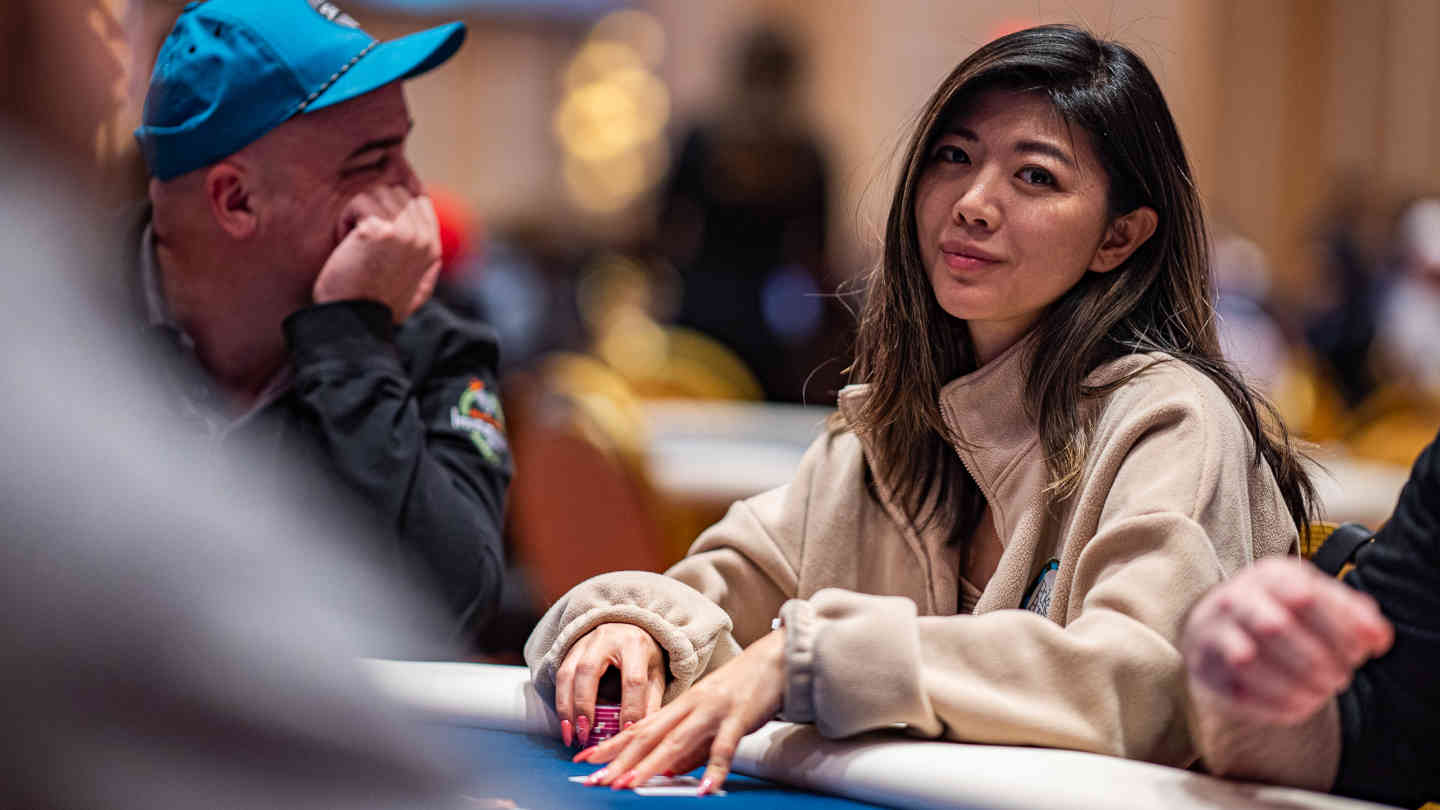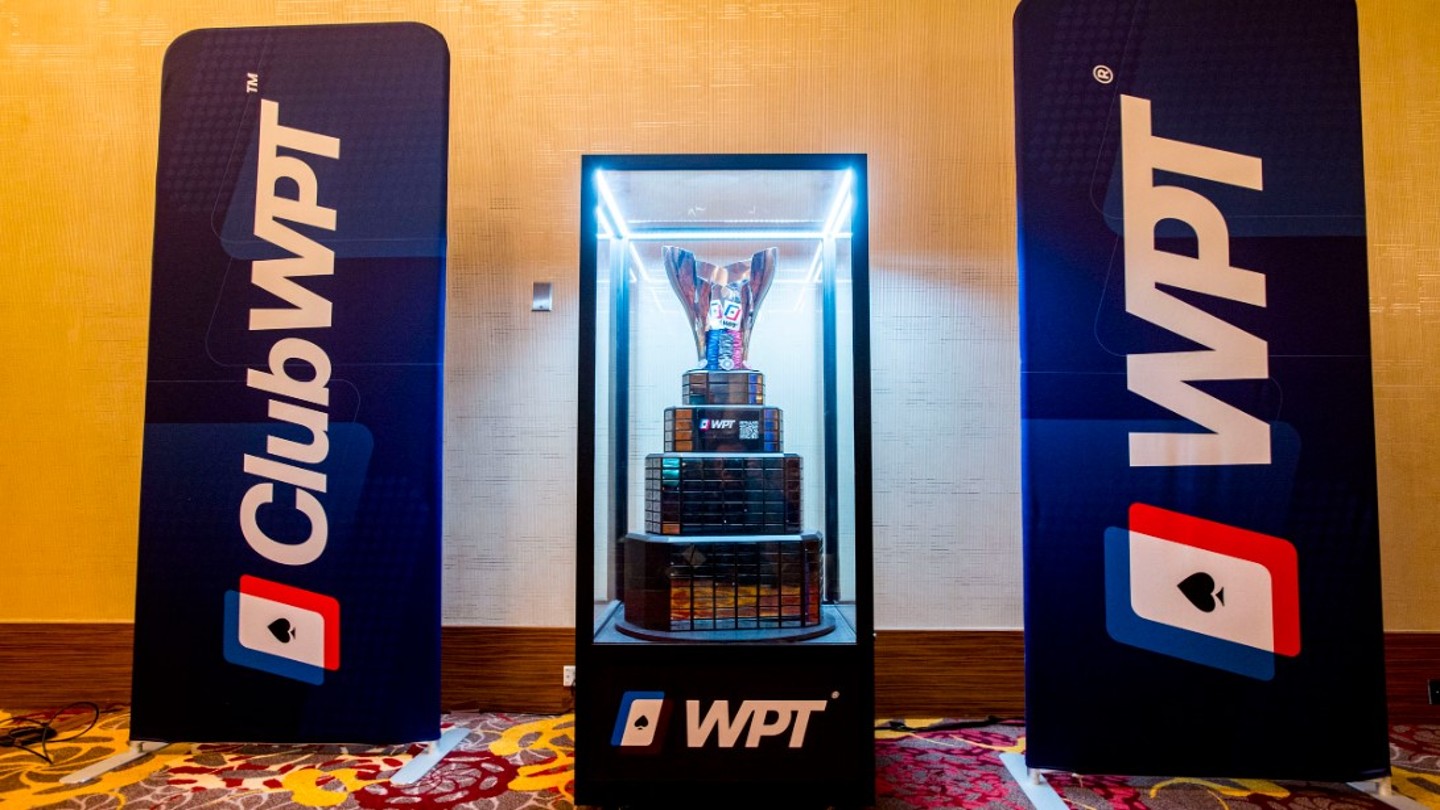Squeezing & Overcalling in Poker – Expert Tips by Fedor Holz

2 minutes
Last Updated: November 5, 2023
If you want to become a top player in your games, make sure to learn from the best and check pokercode.com
…
In some of my previous articles, I’ve covered the basics of playing in position, giving you the key concepts to build your strategy on. Today, I want to expand on that topic by talking about squeezing and overcalling.
Both of these are legitimate strategies when you’re in a position and face action ahead of you. However, depending on factors such as your stack size and your opponent’s tendencies, your choice of action and the range of hands for either of them will vary.
So, we’ll be talking about situations when there is more than just the initial raiser involved. What changes when there is a raise and a call in front of you, and how does this influence your preflop strategy?
Building Your Overcalling Ranges
The first thing I want to emphasize is that with the number of players involved in the pot increasing, calling, in general, becomes less profitable.
The baseline strategy here is to stick to the hands with high nuts potential and avoid hands that can easily be dominated.
For example, many players like to get involved with middling suited connectors in these spots, but these hands are frequently dominated by opponents’ strong ranges.
Good hands to call with are pocket pairs (for their set potential), smaller suited aces like A-6 suited (as they can make nut flushes), and suited Broadway cards, which will often dominate the opponents’ holdings.
Squeeze-Heavy Strategy
Apart from the hands described above, your strategy in these spots should be squeeze-heavy, i.e., you want to create a situation where you are heads-up against one opponent, playing in position and with initiative.
Your baseline strategy will change depending on how deep the effective stacks are. There is a big difference between playing a 60 BB stack and a 20 BB stack.
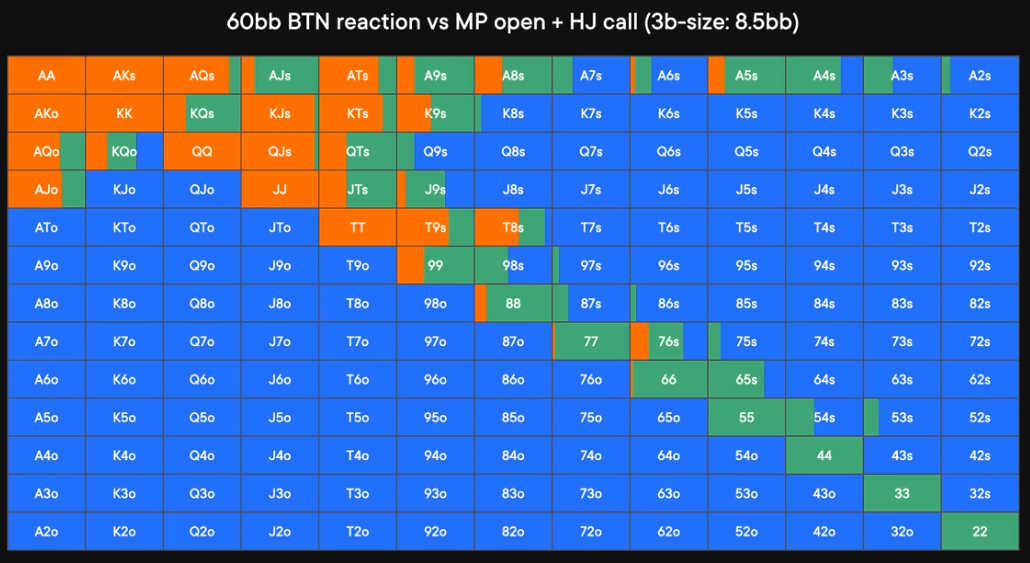
As you can see, with 60 big blinds, we should utilize a squeeze-heavy strategy with some low-frequency calls thrown into the mix for balance.
With 20 big blinds, however, our range is much different. We basically don’t have any hands we want to call with and instead focus on 3-bet shoving in favorable spots.
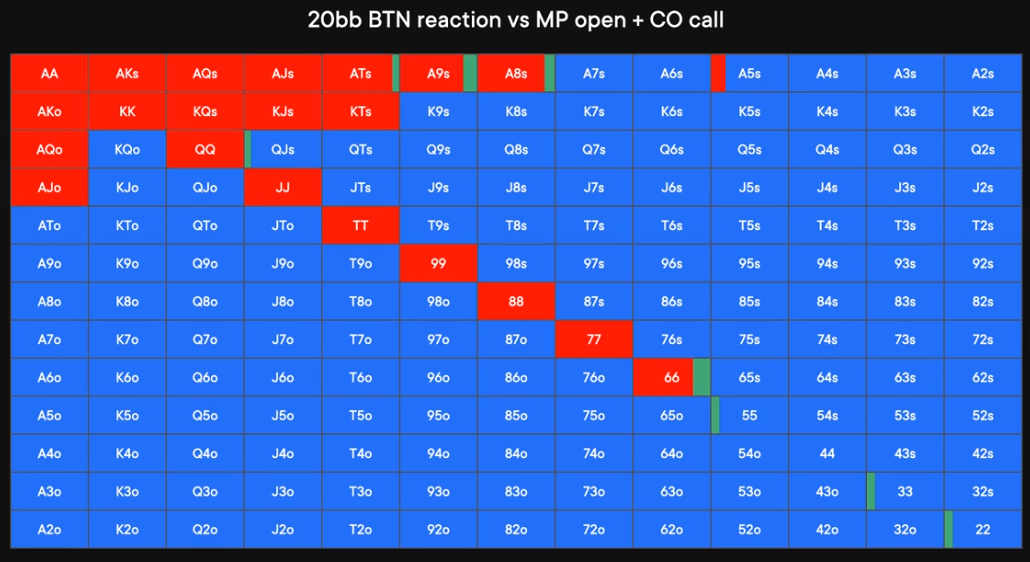
This is not what most players do in these spots, but it’s the best and most profitable approach by far. As you can see, our shoving range in these scenarios is about 10% of the overall range.
My Personal Adaptions
As far as my adaptions and changes to the baseline strategy in these spots, they are very similar to the ones I resort to when facing a single-raiser.
In a nutshell, I will widen my range against too-loose opponents and tighten up against those who play on the tighter side. If I know a player is weak after the flop, I will call with a higher frequency to take advantage of that postflop edge.
As for the caller, if I identify them as a calling station, I will expand my squeezing range and my shoving range as a short stack.



